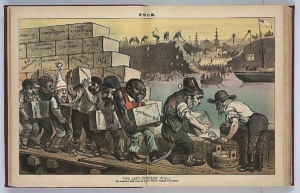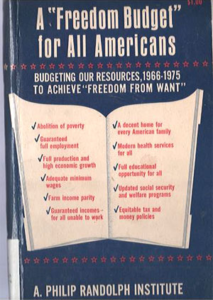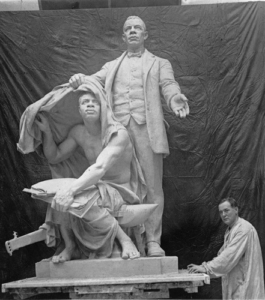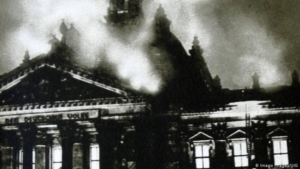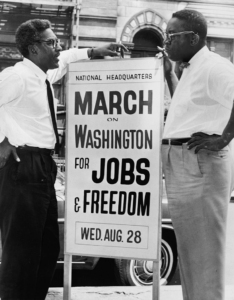
The Obamas’ “Rustin”: Fun Tricks You Can Do on the Past
The project of “reclamation and celebration” proceeds from a common impulse to rediscover/invent black Greats who by force of their own will make “change” or “contributions.” In Ava Duvernay’s Selma Martin Luther King, Jr. shows up and exudes a beatific glow that makes things happen. These films and filmmakers have no clue how movements are reproduced as mass projects, from the bottom up and top down, in a trajectory plotted by continuously improvised response to and anticipation of layers of internal and external pressures. But that’s not their point. Rustin isn’t interested in illuminating the intricacies of the civil rights movement; it wants us to recognize its subject’s place in a pantheon of black and American Greats.

